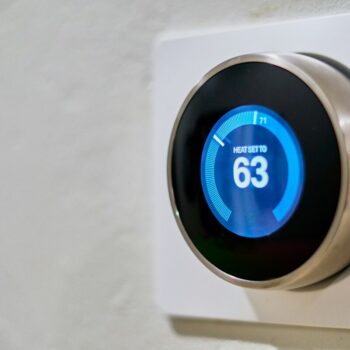In July this year the European Commission published its vision for the future of energy efficiency in the EU. The document entitled Communication on Energy Efficiency and its Contribution to Energy Security and the 2030 Framework for Climate and Energy Policy states Europe is broadly on track to meet its 20% energy savings 2020 target – missing it by ‘only’ 1-2%. The Commission advises a 30% energy savings target should be adopted by the EU for 2030; this would complement the 40% greenhouse gas (GHG) and at least 27% renewable targets already proposed.
These headlines mask a complex story of what is actually happening with energy savings – a story that is made difficult in part because of the shifting baselines on which progress is measured; jumping between discussions of primary and final energy use; and the bundling of data across sectors and countries that make it challenging to see what is really going on.
The proposed 30% 2030 target while sounding ambitious is also highly ambiguous. Depending on how it is defined, it could mean final savings in the real economy as low as 12% (if rebased to what is actually happening in the economy now) or as high as 34% (if set against 1990 EU energy consumption). As such there is a urgent need to seek clarity on the terms of the target. This Q&A attempts to make sense of the numbers and draws initial conclusions on where Europe should be going next on energy efficiency.




